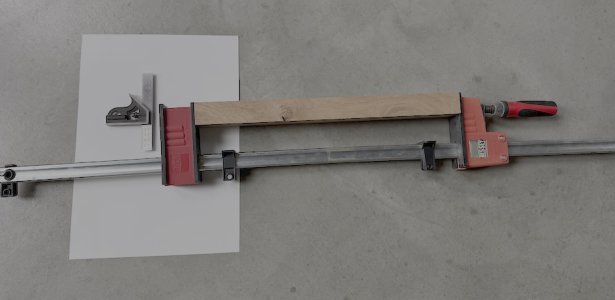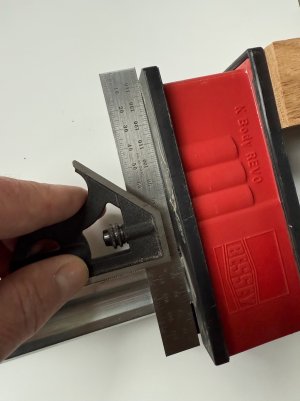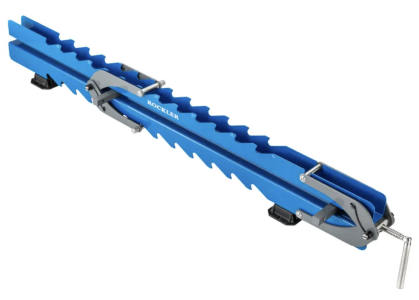Woody Knotsensplintah
Member
- Joined
- Apr 2, 2019
- Messages
- 150
HI,
It would be helpful to me if we could confine the discussion to the two product lines offered by Bessey.
I have seen plenty of brand comparison information and always consider those options.
I need some clamps for an 82" glue and screw. Wouldn't you know I have some 79" Bessey TGKs that are just too short.
I figured I could buy some extra parallel clamps in a smaller size and use the Bessey's coupler accessory to combine two of their 50" clamps, for making my 82" assembly.
Then I would also end up with more useful, general-purpose-sized clamps.
So, I am especially curious about the Vario feature.
The Vario feature seems nice, but the clamps are not stocked by many vendors. While searching for a retail outlet with stock, I began to wonder if there was an underlying reason why they are hard to find. The price does not seem to be at such a premium that this could be the reason. The fixed head KRE seems to cost nearly as much.
I have read many opinions based on when the clamps were newly released. People had not used them extensively, but were posting their comments. I am wondering if, in 2025, after several years of experience, users have found that the Vario head feature introduces any downsides that outweigh the potential benefits.
Thank you!
It would be helpful to me if we could confine the discussion to the two product lines offered by Bessey.
I have seen plenty of brand comparison information and always consider those options.
I need some clamps for an 82" glue and screw. Wouldn't you know I have some 79" Bessey TGKs that are just too short.
I figured I could buy some extra parallel clamps in a smaller size and use the Bessey's coupler accessory to combine two of their 50" clamps, for making my 82" assembly.
Then I would also end up with more useful, general-purpose-sized clamps.
So, I am especially curious about the Vario feature.
The Vario feature seems nice, but the clamps are not stocked by many vendors. While searching for a retail outlet with stock, I began to wonder if there was an underlying reason why they are hard to find. The price does not seem to be at such a premium that this could be the reason. The fixed head KRE seems to cost nearly as much.
I have read many opinions based on when the clamps were newly released. People had not used them extensively, but were posting their comments. I am wondering if, in 2025, after several years of experience, users have found that the Vario head feature introduces any downsides that outweigh the potential benefits.
Thank you!
Last edited:



